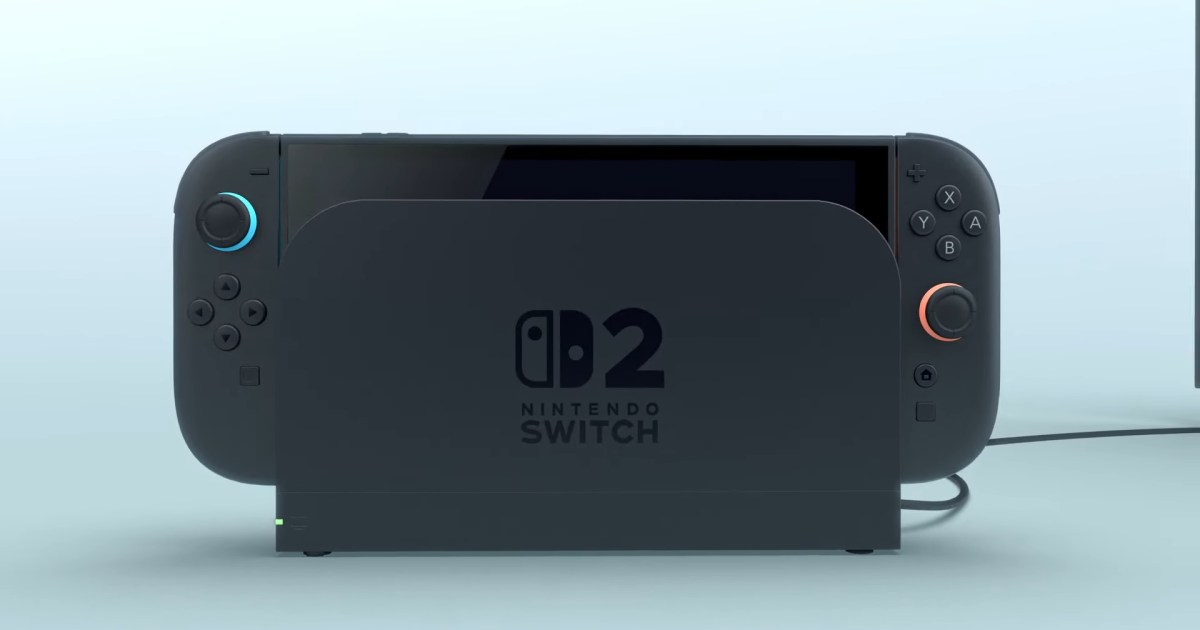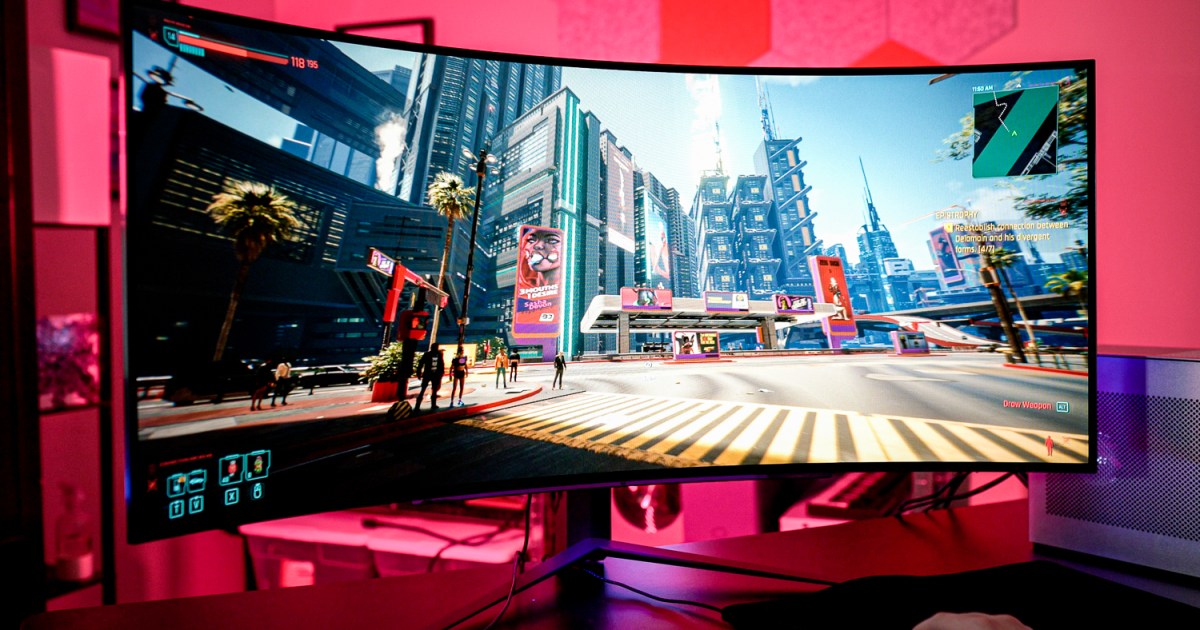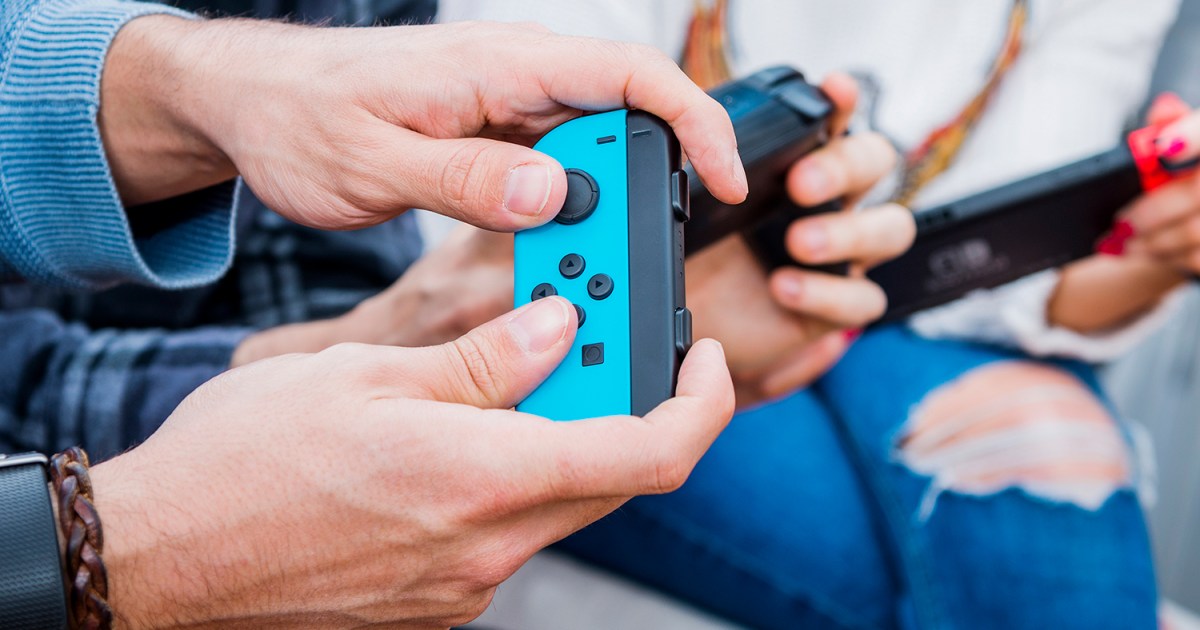The Nintendo Switch 2 is generating significant buzz, promising to be the next evolution of Nintendo’s hybrid console. With upcoming games, enhanced features, and improved hardware, it’s natural to wonder how it stacks up against the current top-tier model, the Nintendo Switch OLED. While aesthetically similar, these consoles offer distinct experiences. This article breaks down the key differences between the Switch 2 and the Switch OLED, helping you decide if the upgrade is right for you.
Specs Comparison: Switch 2 vs. Switch OLED
The Switch OLED boasts a vibrant display and increased storage compared to the original Switch, but how does it fare against the Switch 2? Let’s dive into the specifications:
| Feature | Nintendo Switch OLED | Nintendo Switch 2 |
|---|---|---|
| Size | ~4″ x 9.4″ x 0.55″ (with Joy-Cons) | 3.9mm thick |
| Weight | ~0.71 lbs (0.93 lbs with Joy-Cons) | TBD |
| Screen | 7-inch OLED, 1280 x 720 | 7.9-inch, 1080p HDR, 120Hz |
| CPU/GPU | NVIDIA Custom Tegra processor | TBD |
| Storage | 64GB (expandable) | 256GB (expandable with microSD Express) |
| Wireless | Wi-Fi (802.11 a/b/g/n/ac) | Yes |
| Video Output | Up to 1080p (docked), 720p (handheld) | 4K (docked), 1080p (handheld) |
| Audio Output | 5.1ch Linear PCM (HDMI) | 3D audio |
| Speakers | Stereo | Stereo |
| USB | USB Type-C | 2x USB Type-C |
| Audio Jack | 3.5mm | Included in Pro Controller |
| Game Card Slot | Nintendo Switch game cards | Nintendo Switch game cards |
| Battery Life | 4.5 – 9 hours | 2 – 6.5 hours |
While the Switch OLED’s namesake OLED screen offers superior color contrast and vibrancy, the Switch 2 counters with raw graphical power. The Switch 2 supports up to 4K resolution while docked and 1080p in handheld mode, along with HDR and ray tracing support. Furthermore, the Switch 2 boasts a larger 7.9-inch screen compared to the OLED’s 7-inch display. The Switch 2 also offers a substantial storage upgrade with 256GB compared to the OLED’s 64GB, though both support expandable storage. One area where the OLED model excels is battery life, offering significantly longer playtime.
Design and Features: Subtle Differences
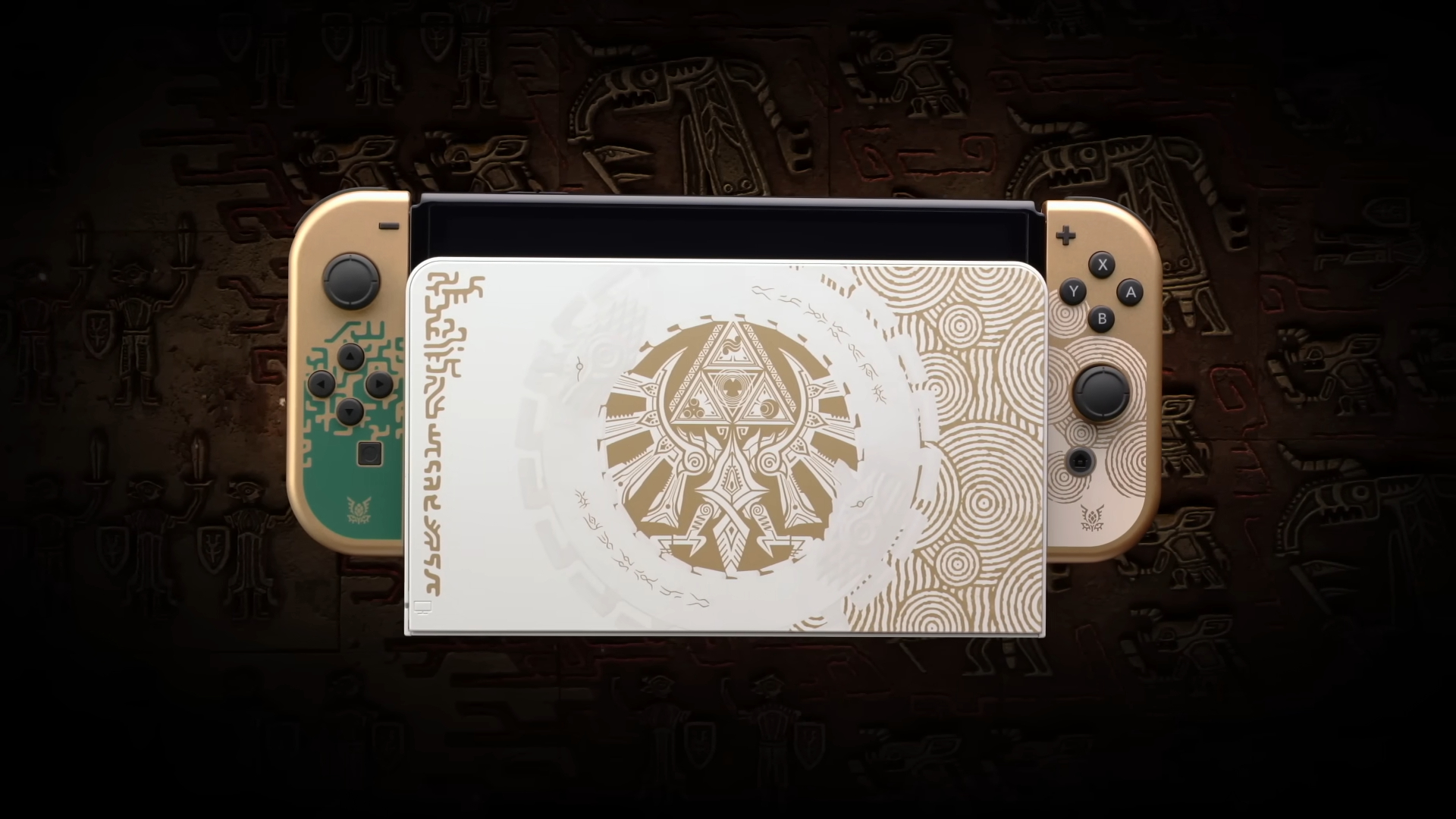 A special edition Zelda Switch sits in a black room.
A special edition Zelda Switch sits in a black room.
Beyond the size difference, the Switch 2 and Switch OLED share a similar design. Currently, the OLED model offers a wider variety of special edition designs, while the Switch 2 is only available in its standard configuration.
Controller Enhancements: Next-Gen Joy-Cons
 A hand holds a Switch 2 Joy-con.
A hand holds a Switch 2 Joy-con.
The Switch 2 introduces redesigned Joy-Cons with enhanced functionality. These new Joy-Cons are slightly larger and offer improved ergonomics. Notably, they can function as a computer mouse, enabling precise aiming in games like Metroid Prime 4: Beyond. Additionally, a dedicated “C” button facilitates in-game chat, complemented by a built-in microphone with noise-canceling technology. While a new Pro Controller with back paddles is also available, existing Switch controllers are compatible with the Switch 2.
Game Library: Backwards Compatibility and Exclusives
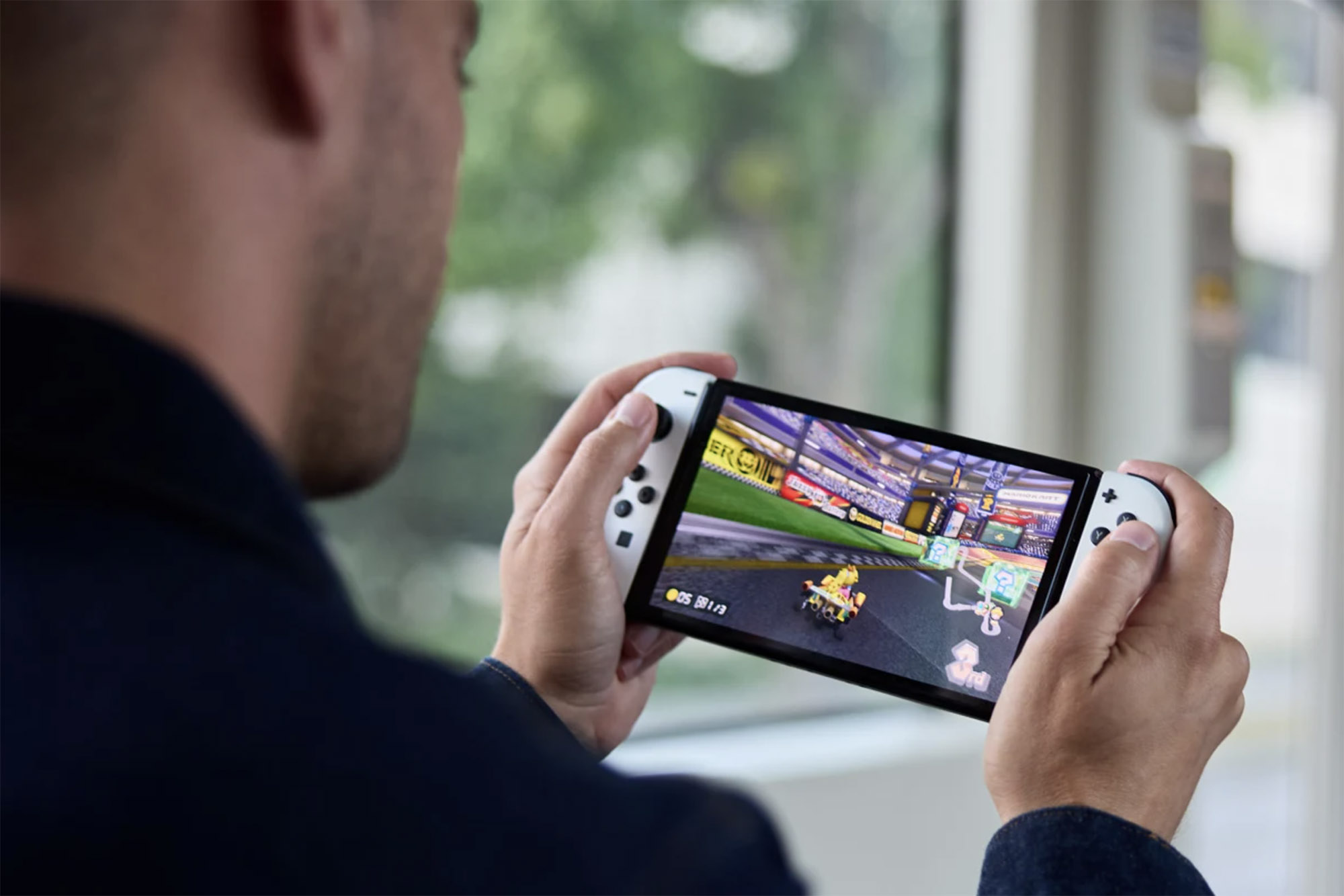 OLED Nintendo Switch
OLED Nintendo Switch
The Switch 2 boasts backwards compatibility, allowing you to enjoy your existing Switch library. While some titles receive enhanced “Switch 2 Editions” with improved visuals and additional content, the vast majority of games are playable on the new hardware. Moving forward, expect a growing number of Switch 2 exclusive titles.
Price Point: Weighing the Cost
 The Switch 2 next to a TV with Mario Kart.
The Switch 2 next to a TV with Mario Kart.
The Switch OLED currently retails for $350, while the Switch 2 has a launch price of $450. However, this price may fluctuate due to market conditions.
Conclusion: The Verdict
The Switch 2 and Switch OLED cater to different needs. The OLED model offers a vibrant display and longer battery life, ideal for handheld gaming. The Switch 2, on the other hand, prioritizes graphical fidelity, performance, and new features, making it a compelling choice for those seeking a cutting-edge gaming experience. Ultimately, the best console for you depends on your priorities and budget.



